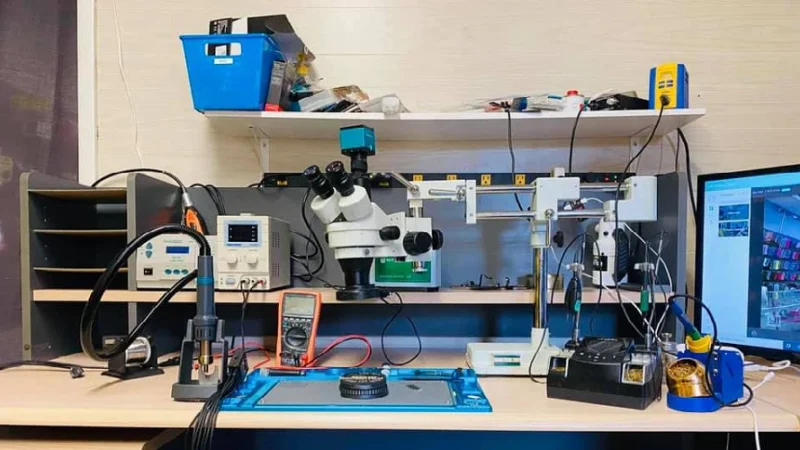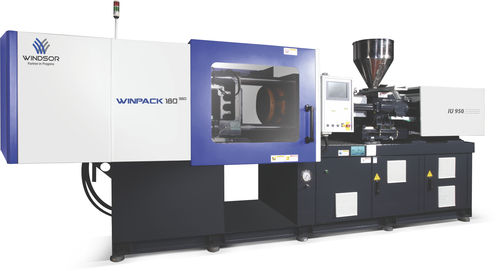Battle of Models: What is the Difference Between MMM and MTA?

Choosing between MMM vs MTA can be daunting for a company. It is crucial to take several key factors like quality, data availability, and time into consideration before deciding5 the best possible path for you. Trakier Mobile Marketing Platform understands and helps elevate your marketing efforts by exploring the best possible option for you. Curious to know more? Begin by reading this blog.
Definition of Marketing Mix Modeling (MMM)
Marketing Mix Modeling is an advanced and complex statistical approach to determine the impact of both offline and online marketing assets. It helps to evaluate assets like sales and KPIs of a marketing campaign.
KPIs include multiple metrics such as advertising expenditure, pricing strategies, distribution channels, etc.
Workings of Marketing Mix Modeling
In simple terms, Marketing mix modeling helps to analyze the influence of historical data between marketing and results. By quantifying the impact and relationships, it is possible to determine and predict the overall performance of a sale, resources, and pricing.
The marketing mix model works on a detailed and robust data set that is comprised of variables such as current marketing trends and competition. The marketing mix model statistical model captures the symbiotic relationship between marketing strategies and resource allocation.
Mix marketing model operation model involves these steps:
Step 1: Relevant historical data is collected from the brand’s previous successes and failures. Data include sales, promotion, advertising spending, and other marketing factors.
Step 2: The data collected is subjected to complex and advanced statistical analysis. Using econometric and mathematical models helps establish a relationship between the different marketing elements and sales.
Step 3: Based on the above analysis, a customized MMM model is developed for individual businesses.
Step 4: The results of the MMM model and simulations help create informed decisions about marketing resource allocations.
Step 5: MMM models must keep themselves updated with new information and results daily. This allows for continuous improvement in marketing decisions and optimization of the brand.
Definition of Multi-touch Attribution Modeling (MTA)
The marketing landscape has gotten overtly complex with users interacting with multiple marketing channels before making a conversion.
The analytical technique helps to understand each touchpoint and interaction a user makes with a brand before a purchase. The model seeks to assign value to each relevant interaction with the help of the mTA model. This enables connections between marketing channels and tactics used to draw in customer decisions.
Factors utilized to determine the relative contribution of individual interactions include the sequence of touchpoints, time taken between multiple touchpoints, and the impact of each interaction. With the knowledge of interactions and touchpoints, companies can change and develop their marketing strategy more efficiently.
Types of Multi-touch Attribution Models
First Touch Attribution: Acknowledges the first touchpoint, a customer interacts with before making a purchase.
Last Touch Attribution: Credits the last touchpoint before conversion.
Linear Attribution: Allocates credit equally to one or multiple touchpoints in a customer’s journey.
Time-Decay Attribution: Assigns more credits to touchpoints closer to conversion than one’s relatively far from it.
Workings of Multi-touch Attribution Models
Multi-touch attribution models use data tracking and analytics techniques to get intel about their user interactions across multiple marketing channels. Essentially, the impact of each interaction and touchpoint to improve campaign performances. Here’s how MTA operations work:
Step 1: Data is collected and stored through multiple marketing channels such as clicks, website views, online and offline interactions, etc.
Step 2: Various touchpoints or interactions are recorded such as ads view, emails sent/received, online searches, social media interaction, etc.
Step 3: Each touchpoint consists of a value based on the conversion process. This can be achieved using multiple attribution models based on machine learning.
Step 4: Companies consider the generated insights and allocate marketing resources. Effective strategies are developed to enhance customer service and optimize sequential interactions.
Multi-Touch Attribution vs Marketing Mix Modeling
Companies and marketers must understand the difference between MMM attribution and MTA for the following reasons:
Integral Vision
Marketing Mix Modeling: It delivers the impact caused by one or multiple marketing efforts on KPIs. Marketing elements like advertising expenditures, promotions, and pricing can influence the results.
Multi-touch AttributioN: Focuses on individual touchpoints and their contributions to conversions. Knowing both perspectives helps marketers understand and analyze their marketing efforts thoroughly.
Resource Allocation
Marketing Mix Modeling: This analytical model optimizes resource allocation by considering the marketing actions. It generates the best answers by understanding the marketing channels of a company.
Multi-touch Attribution: With the help of the insights obtained, marketers can allocate resources effectively across all available channels and touchpoints.
Campaign Optimization
Marketing Mix Modeling: It helps to identify the pain points of a marketing campaign and provide answers to gauge potential improvements.
Multi-touch Attribution: After determining and analyzing the data, the model provides crucial insights by suggesting to improve or enable specific elements of their marketing campaigns.
Final Word
The media mix modeling vs multi-touch attribution provides a holistic marketing strategy and a comprehensive understanding of data effectiveness, insights, and potential improvements to optimize your company’s marketing elements and strategy.





